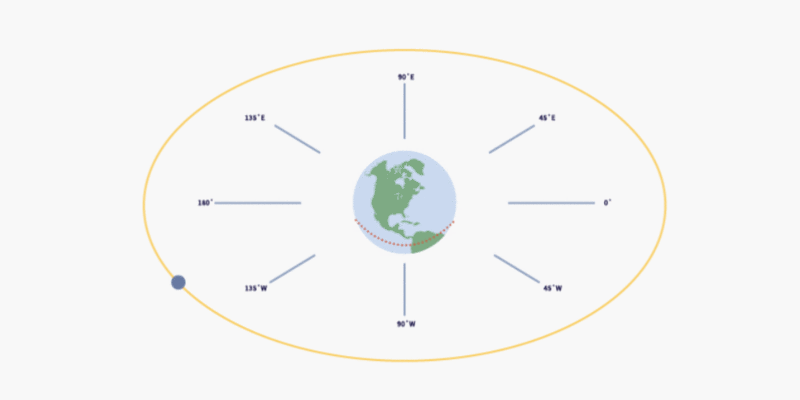Versatile Satellites
When looking to understand recent developments in the space industry – and the significance of changes that have come in part from SpaceX – it is important to first understand how satellites differ from one another.
Satellites are built for different uses, from weather to scientific research to telecommunications. Some hybrid satellites have more than one function; they can emit signals, carry equipment and be highly customized or standardized.
Most importantly, different kinds of satellites are not interchangeable with one another.
The Perfect Antennas
All of us listening to the radio in a moving vehicle have experienced, the further away you go from a station’s broadcasting antenna, the fainter and less clear the signal becomes. Driving through a valley or down the other side of a mountain only compounds the problem. This is simply due to line-of-sight: as you move farther away from an antenna, or as an object comes between you and an antenna, the radio signal can no longer reach you in a straight line and you pick up fainter signals that have bounced off other objects to get to you. This is why taller antennas are preferable: the higher the antenna, the fewer the obstacles.
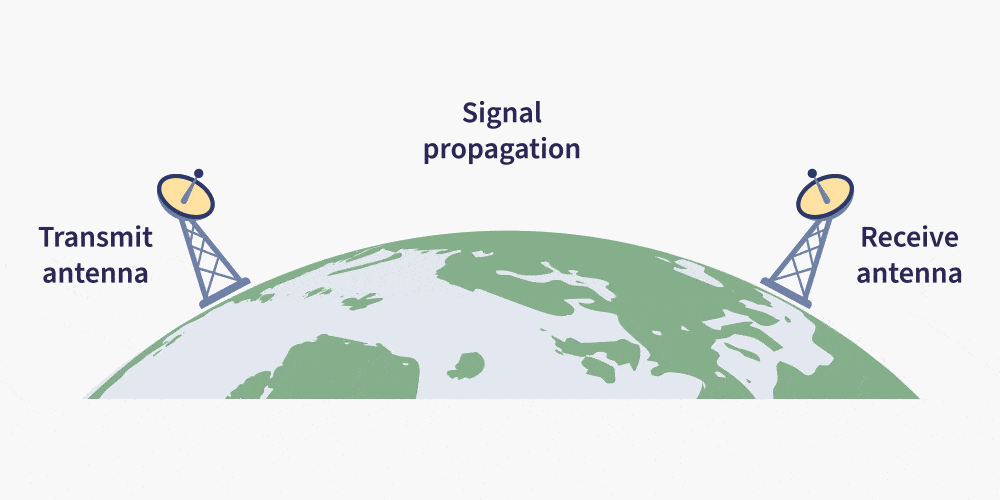
Given their altitude, it is easy to understand why satellites are the perfect antennas. Strip away all the systems necessary for a telecommunication satellite to stay “alive” and function properly and you are left with transponders that receive and transmit signals. So, at the end of the day, telecommunication satellites are nothing more than antennas that can receive a signal, and because of their altitude, are capable of retransmitting that signal over a much broader region than any ground antenna.
GEO Satellites
There is a special orbit at an altitude of 36,000 kilometers above the equator called the geostationary orbit where satellites appear to be stationary above a given point on Earth. At this height, satellites spin around the Earth at the same rate as the Earth rotates on its axis. To someone on Earth looking up, the satellite therefore appears as a fixed point in the sky.
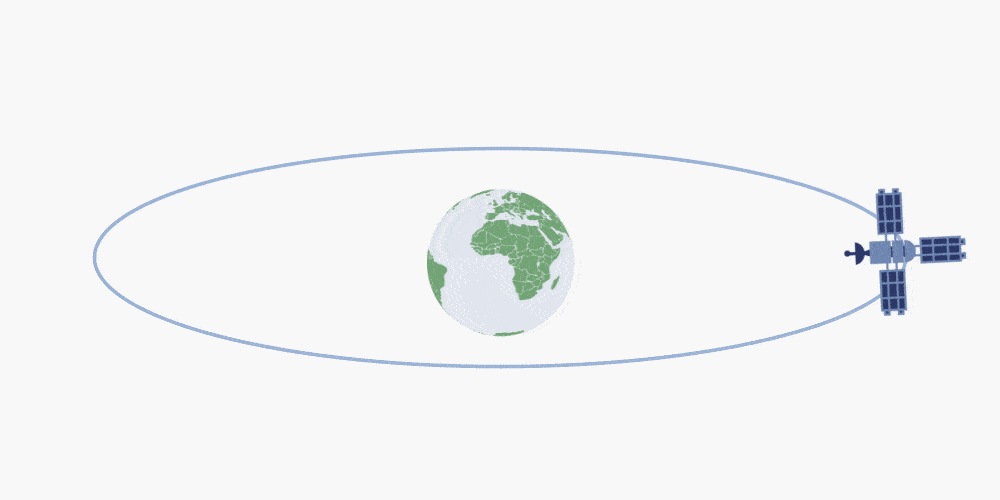
Satellite TV providers were quick to take advantage of this perceived fixed position by keeping their customers’ antennas aimed at a fixed point in the sky instead of having to track a moving satellite.
The geometry at play, however, means GEO satellites are not well suited for communicating with the far North and the far South: The satellite’s beams have difficulty reaching higher latitudes. To overcome this, Russian scientists were quick to exploit the Molniya orbit, which has an inclination above 60 degrees that peaks at 40,000 km over the northern hemisphere but also comes as close to 600 km to the Earth’s surface. This ensures that the satellite spends most of its time over the northern hemisphere. However, since it completes its orbit in 12 hours, it means that two, ideally three, satellites are required to ensure 24/7 coverage.
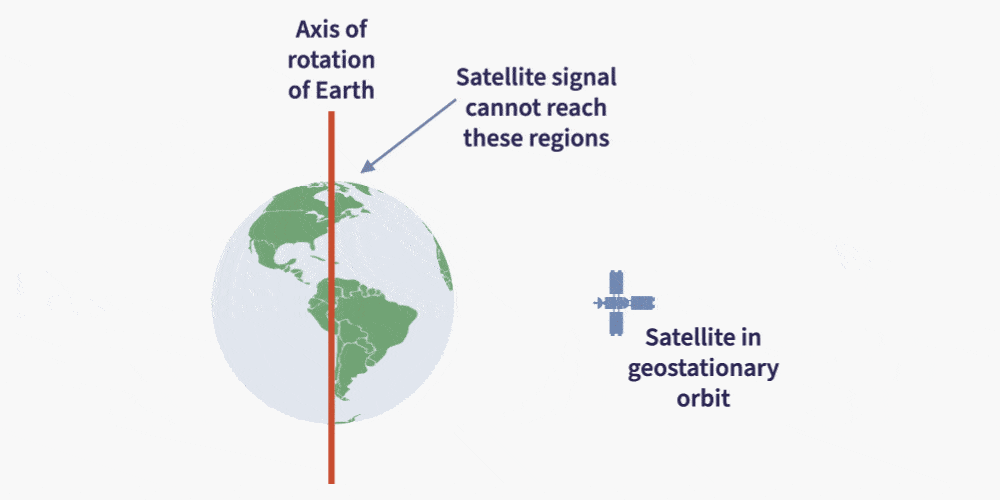
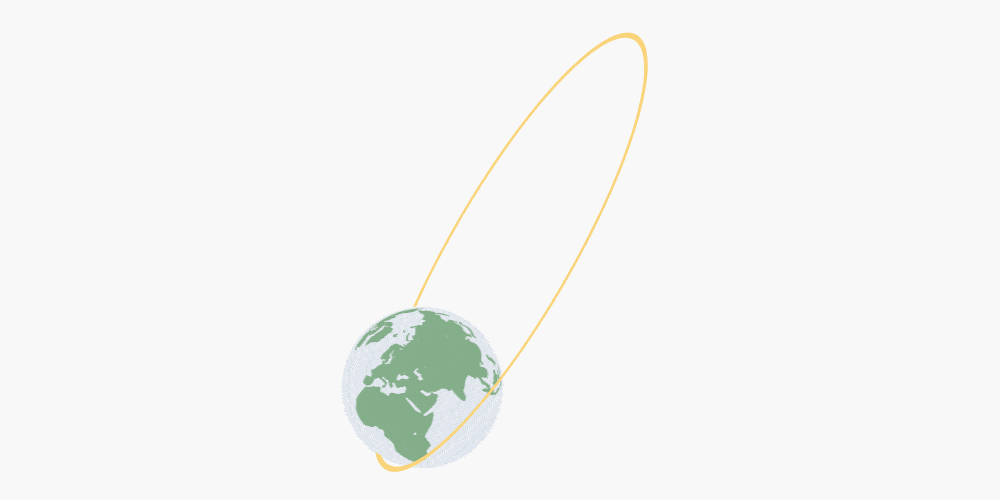
As well, since the satellite can complete two orbits a day, it spends roughly half of its time above Russia and the other half above North America. Since their introduction in the mid-1960s, Molniya satellites have always been a source of concern for the United States, as these telecommunications satellites can also serve – and in probable reality did serve – as spy satellites.
Orbital Slots
The problem with GEO satellites is that they can be placed only in a thin band along the equator called the GEO belt, where space is limited. Compounding this problem, as mentioned above, is the fact that not all positions along the GEO belt are desirable. A spot above Central America, for example, gives a satellite unlimited access to the continental United States. A spot above the Atlantic Ocean, on the other hand, might be good for a relay satellite between the eastern United States and Europe but does not offer good coverage of the continental United States.
To make things worse, for the same reason radio stations broadcast on different frequencies, satellites must be sufficiently spaced apart along the GEO belt to avoid interfering with each other. This also has the added benefit of preventing satellite collisions.
Because space is limited along the GEO belt, slots are allocated on a first-come, first-served basis by the International Telecommunication Union (ITU), an agency of the United Nations. Since some slots are better suited at serving populated areas than others, they can be in high demand.
Satellite companies will go as far as temporarily moving a satellite to occupy an empty slot while waiting for a replacement unit to permanently occupy the space. This is done to demonstrate to the ITU that the company is making use of the slot it has been allocated, because when it comes to the GEO belt “if you don’t use it you lose it.” In the same manner, defunct satellites on the GEO belt are moved to a graveyard orbit to make way for the next generation of satellites.
LEO Satellites
The first satellites to orbit the Earth did not have the power (or the ambition) to get to the GEO belt. This is because after leaving the Earth’s gravity, GEO satellites need their own propulsion systems to reach orbit. Russia’s Sputnik orbited at an altitude of 215 km above the Earth’s surface (a far cry from 36,000 km) in a region called Lower Earth Orbit (LEO), which encompasses orbits up to 2,000 km.
With more than 60% of operational satellites, the LEO is the most populated region in space. This is where you would find Hubble, the International Space Station (ISS), the former Space Shuttle, the former Russian Space Station MIR and scientific satellites.
Given its proximity to the Earth’s surface, the Lower Earth Orbit is also well suited to weather and Earth observation satellites. However, because of their lower altitude, LEO satellites must go much faster than their GEO counterparts to counteract the Earth’s greater pull and atmospheric drag at lower altitudes (known as orbital decay). This makes for a much faster orbit. So, where GEO satellites complete an orbit in 24 hours, LEO satellites do it in less than 2 hours.
For the same reason an airplane without propulsion cannot maintain flight, atmospheric drag causes satellites, space debris and meteorites to burn up on re-entry. It is also why Sputnik orbited around the Earth for only a period of two months. Without a propulsion system to make up for the speed lost to drag, its space voyage was doomed from the day it launched. LEO satellites today are much more sophisticated, and most will have some form of onboard propulsion or will at least orbit above the atmosphere’s higher bounds.
The advantages to LEO satellites come in the form of energy and latency. As discussed, GEO satellites require a tremendous amount of energy to get to orbit. Also, because GEO satellites orbit at a greater height than LEO satellites, a signal to and from a GEO satellite will take longer to reach an end user. This is referred to as latency. Latency might not be so important to someone catching their favorite late-night show, but anyone who has experienced two-way communication through GEO satellites (like Inmarsat) will vouch that it can be a little bit of an annoyance.
MEO Satellites
The region between 2,000 km (LEO) and 36,000 km (GEO) is referred to as Medium Earth Orbit (MEO). Surprisingly, there is little to say about this region. This is probably because it is a catch-all between LEO and GEO without any real distinguishable properties. Of course, this does not imply that this region is any less important, or less useful, than the other two.

Satellite Constellations
The farther away from Earth a satellite is, the better its view of our planet becomes. At 36,000 km, a GEO satellite has a broad view, while at under 2,000 km a LEO satellite has a very limited view of the Earth.

If someone wanted to blanket the Earth with satellites to ensure maximum coverage, the lower the altitude, the more satellites would be required. This is referred to in the industry as a satellite constellation.
In GEO, a minimum of 3 satellites is required to maintain complete coverage. However, as we have discussed, GEO satellites are not well suited to communicate with the far North and the far South. This is why Russia has opted for Molniya constellations, which also require a minimum of 3 satellites.
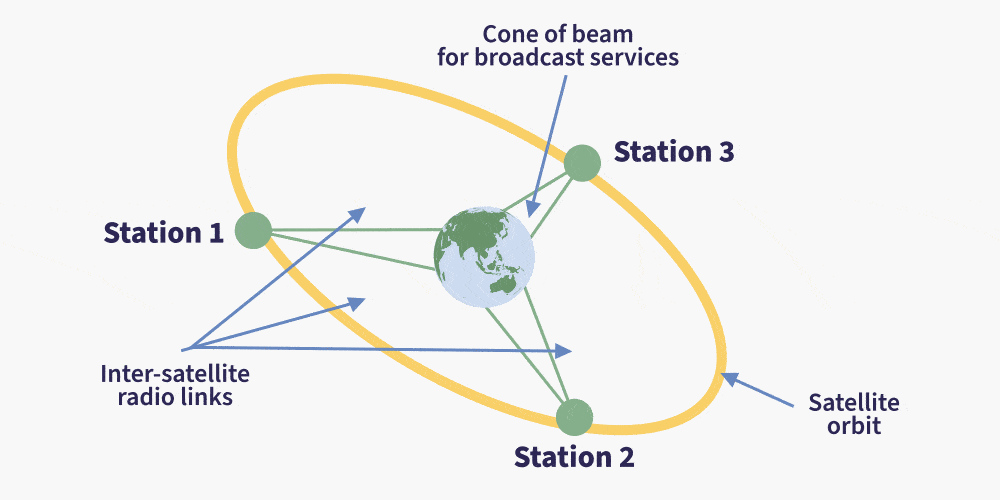
In MEO, constellations of 20-30 satellites are common. Finally, because of their proximity to the Earth’s surface, LEO constellations might require a hundred, if not thousands, of satellites to achieve the same results.
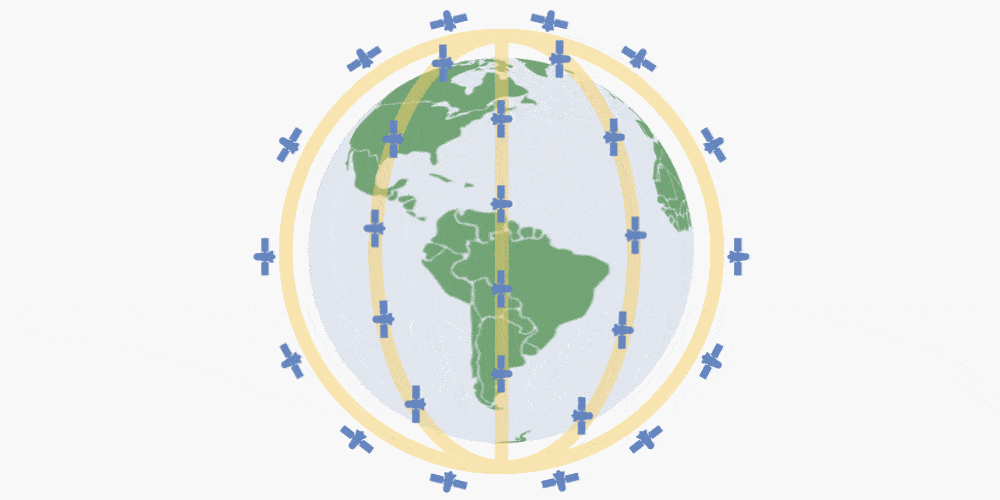
Different Requirements for Different Orbits
The orbit in which a satellite operates will also influence the design of its bus. A LEO satellite will spend half its orbit in sunlight and the other half in the Earth’s shadow. This means that its hourly temperature will cycle from 120 °C in the sun to -170 °C in the dark. To deal with this, a LEO satellite will likely be outfitted with radiators to dissipate excess heat and also heaters to ensure its circuits do not freeze in the Earth’s shadow. It will also likely be outfitted with batteries to operate in darkness and solar panels to recharge them in the sun. GEO satellites, on the other hand, will spend on average of less than one hour a day in the dark, which is an enviable situation from a LEO satellite’s point of view.
LEO satellites must also contend with orbital decay, which requires them to readjust their speed constantly. This is a drain on the propulsion system, which can carry only a finite amount of fuel. Fuel is therefore critical to a satellite’s life expectancy. For their part, GEO satellites do not have to contend with orbital decay as the effects of the Earth’s atmosphere are negligeable at 36,000 km. Consequently, GEO satellites have a life expectancy of more than 15 years, while LEO satellites rarely last longer than 10 years.
In conclusion, it is obvious that one size does not fit all. One type of satellite is not capable of fulfilling all of the different tasks that are needed by satellite users. There are satellites and orbits for many different roles and different geographic regions. They perform many unique services for many types of organizations and given the huge investment involved, choosing the right satellite is key to success.
To hear our thoughts on whether space is a worthy investment, read our June 2021 Market Px and watch our video.
